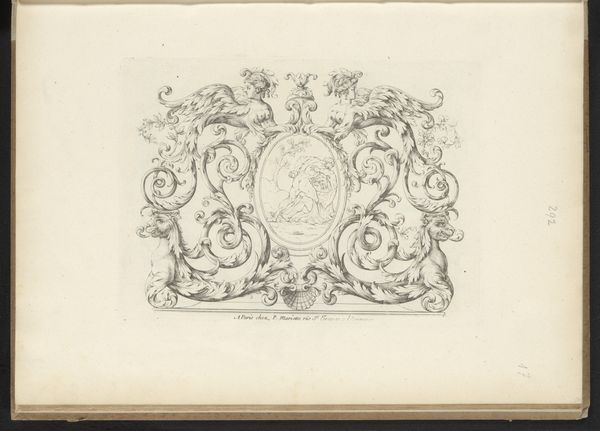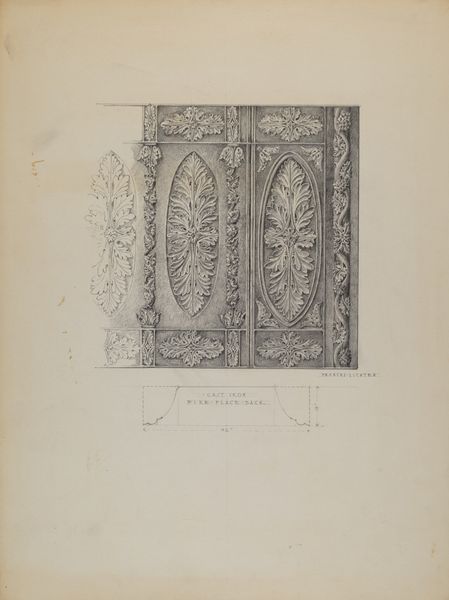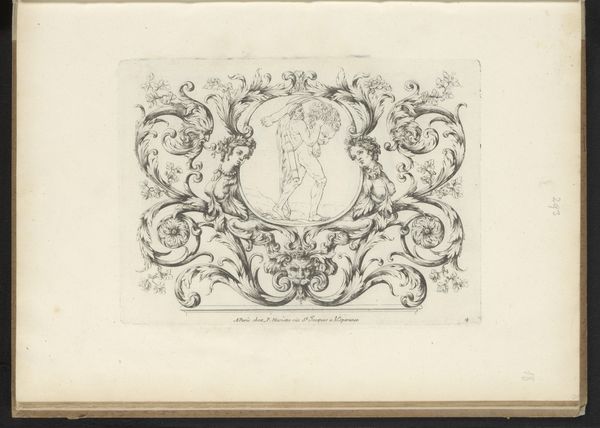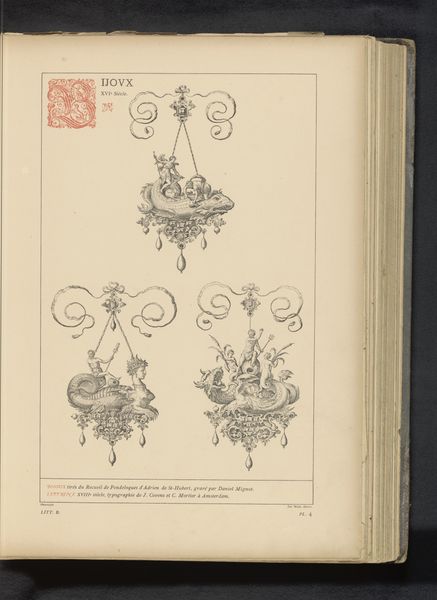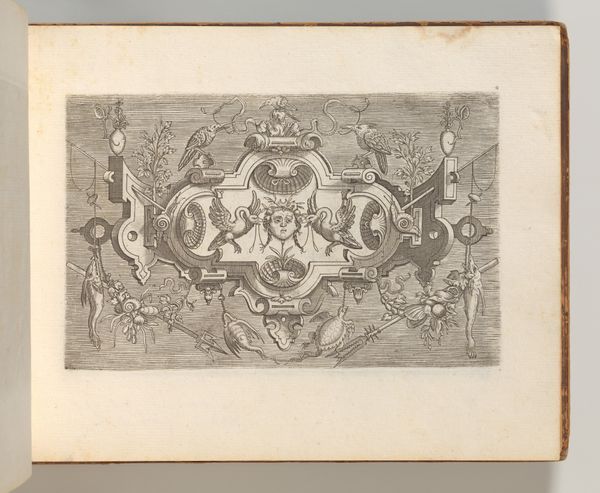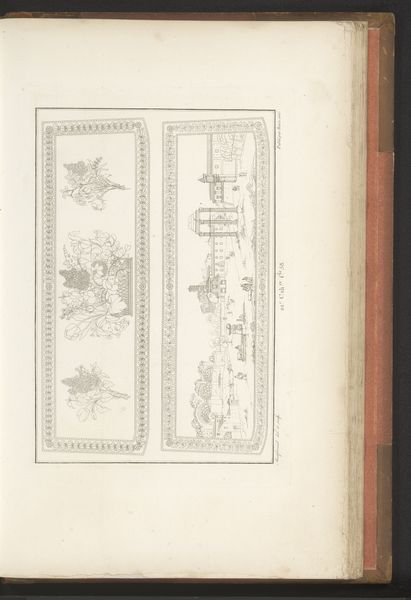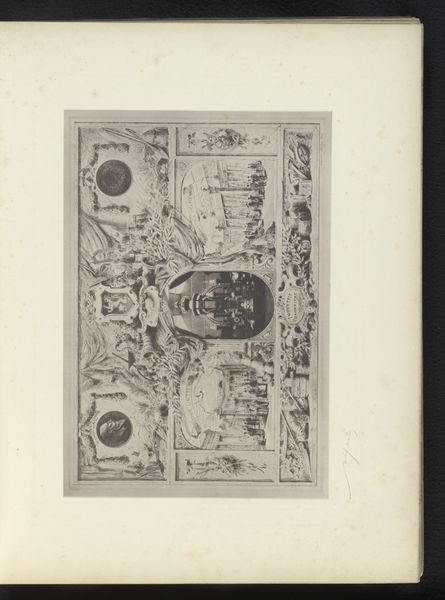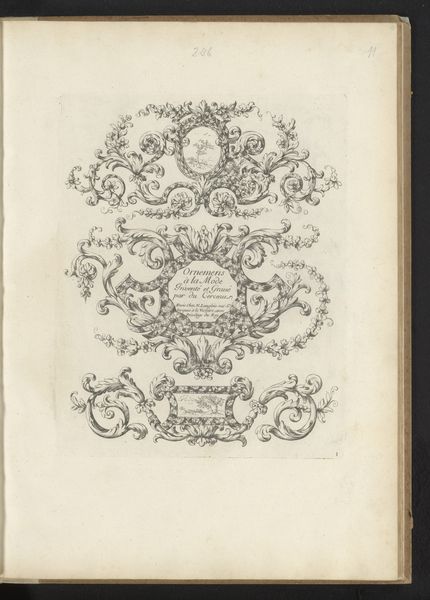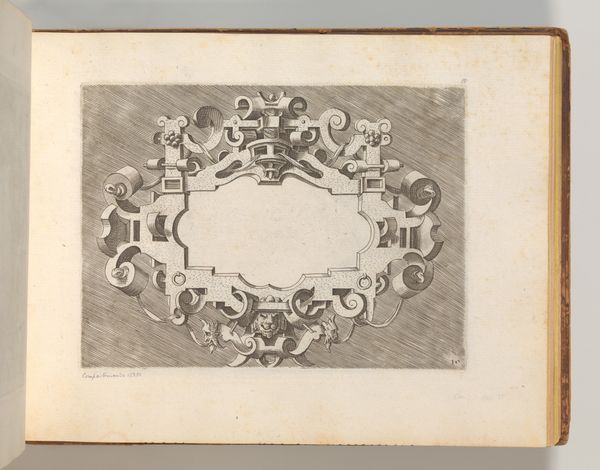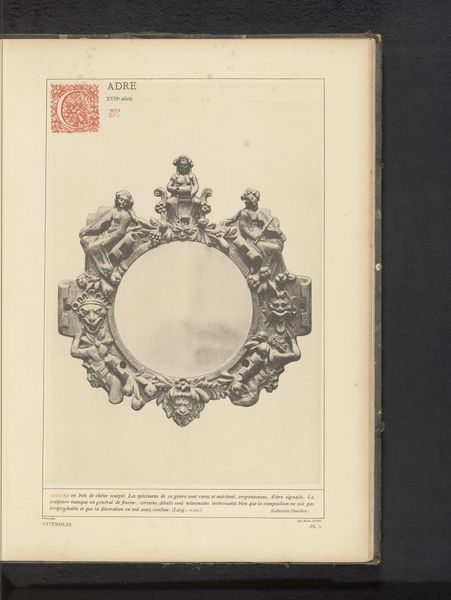
Reproductie van een gravure van de Exposition Nationale van 1880 in Brussel, omringd door portretten van onder andere Léopold II en Filips van België, door Armand Heins 1881 - 1882
0:00
0:00
print, engraving
#
portrait
# print
#
old engraving style
#
cityscape
#
history-painting
#
academic-art
#
engraving
Dimensions: height 234 mm, width 300 mm
Copyright: Rijks Museum: Open Domain
This print, reproducing an engraving of the 1880 National Exposition in Brussels, surrounded by portraits, was made by Armand Heins, though the original artist is unknown. The print is a product of the Industrial Revolution, enabled by technologies of mass production. Engraving is an intaglio process, where lines are incised into a metal plate, which is then inked and pressed onto paper. This allows for detailed imagery to be reproduced multiple times, as we see here. The visual language deployed, with its profusion of allegorical figures, ornate frames and the portraits of the Belgian elite, speaks to the self-assuredness of the ruling class at the time. Consider, though, the labor involved in creating the original engraving, and the many impressions that would have been made from it. In this way, even though the image portrays the powerful, it is also deeply connected to the history of work and the rise of consumer culture. It reminds us that all images, however seemingly high-toned, depend on human hands.
Comments
No comments
Be the first to comment and join the conversation on the ultimate creative platform.
